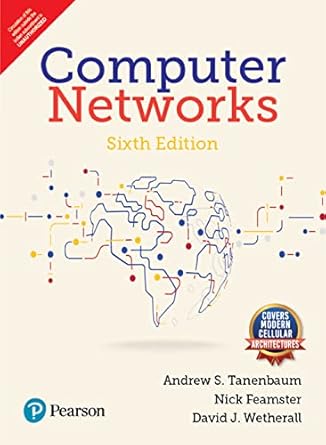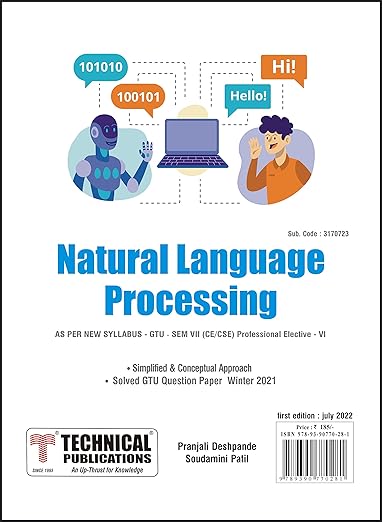




















Network security is the protection of a network's communication infrastructure from unauthorized access, cyberattacks, and data loss.It involves a combination of technologies, policies, procedures, and people. Types of network security Firewalls A network security device that monitors traffic and blocks or allows it based on security rules. Intrusion prevention systems (IPS) A network security tool that monitors for malicious activity and prevents it. IPS can be hardware or software. Network segmentation A technique that divides a network into subnetworks, each with its own security policies and protocols. Virtual private networks (VPNs) A network security tool that encrypts data and masks IP addresses to protect users' privacy. Other types of network security include: Remote access VPN, Email security, Data loss prevention (DLP), and Sandboxing
Read More
Hardware security is vulnerability protection that comes in the form of a physical device rather than software that's installed on the hardware of a computer system. Hardware security can pertain to a device used to scan a system or monitor network traffic. Common examples include hardware firewalls and proxy servers. Less common examples include hardware security modules that provision cryptographic keys for critical functions such as encryption, decryption and authentication for various systems. Hardware systems can provide stronger security than software and can also include an additional layer of security for mission-critical systems. The term hardware security also refers to the protection of physical systems from harm. Equipment destruction attacks, for example, focus on computing devices and networked noncomputing devices, such as those found in machine-to-machine or internet of things (IoT) environments. These environments provide connectivity and communications to large numbers of hardware devices that must be protected through either hardware- or software-based security.
Read More
>Hacking is the art of creative problem solving, whether that means finding an unconventional solution to a difficult problem or exploiting holes in sloppy programming. Many people call themselves hackers, but few have the strong technical foundation needed to really push the envelope. Rather than merely showing how to run existing exploits, author Jon Erickson explains how arcane hacking techniques actually work. To share the art and science of hacking in a way that is accessible to everyone, Hacking: The Art of Exploitation, 2nd Edition introduces the fundamentals of C programming from a hacker's perspective. The included LiveCD provides a complete Linux programming and debugging environment—all without modifying your current operating system. Use it to follow along with the book's examples as you fill gaps in your knowledge and explore hacking techniques on your own. Get your hands dirty debugging code, overflowing buffers, hijacking network communications, bypassing protections, exploiting cryptographic weaknesses, and perhaps even inventing new exploits. This book will teach you how to: Program computers using C, assembly language, and shell scripts Corrupt system memory to run arbitrary code using buffer overflows and format strings Inspect processor registers and system memory with a debugger to gain a real understanding of what is happening Outsmart common security measures like nonexecutable stacks and intrusion detection systems Gain access to a remote server using port-binding or connect-back shellcode, and alter a server's logging behavior to hide your presence Redirect network traffic, conceal open ports, and hijack TCP connections Crack encrypted wireless traffic using the FMS attack, and speed up brute-force attacks using a password probability matrix Hackers are always pushing the boundaries, investigating the unknown, and evolving their art. Even if you don't already know how to program, Hacking: The Art of Exploitation, 2nd Edition will give you a complete picture of programming, machine architecture, network communications, and existing hacking techniques. Combine this knowledge with the included Linux environment, and all you need is your own creativity.
Read MoreArtificial General Intelligence (AGI) AGI is a type of AI that can perform any intellectual task a human can. It will be able to learn, understand, and apply knowledge across a wide range of tasks. Generative AI This technology uses machine learning to create content like text, images, and code. It can respond to user prompts. Reinforcement learning This subfield of machine learning uses trial and error to train AI systems. It can help AI systems improve themselves without direct human intervention. Natural language processing (NLP) NLP allows programs to read, write, and communicate in human languages. It can be used for speech recognition, machine translation, and more. User-friendly platforms AI will become more integrated into personal and professional spheres through user-friendly platforms. This will allow nonexperts to use AI for various tasks